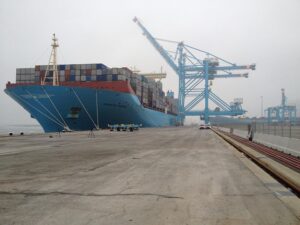Shipping containers have transformed logistics by offering cost-effective solutions for shippers, with various types and sizes catering to diverse business needs. Standardized dimensions like ISO 20ft and 40ft seamlessly integrate into existing infrastructure, enabling efficient transport via sea, road, and rail. Reputable providers offer reliable leasing services for quality containers meeting international standards, streamlining global shipping at lower costs. Strategic packing tips and choosing the right container type enhance efficiency, while modular containers provide versatility for irregular shipments, ultimately maximizing savings in freight costs.
“In today’s competitive market, budget-conscious shippers are turning to affordable shipping containers as a cost-effective solution. This article delves into the world of shipping containers, highlighting their numerous benefits for businesses looking to optimize logistics without breaking the bank. From understanding the fundamentals and exploring various types and sizes to choosing reliable providers and maximizing space efficiency, we provide an exhaustive guide on leveraging this versatile and sustainable transportation method.”
- Understanding Shipping Containers: A Cost-Effective Solution
- Benefits of Affordable Shipping Containers for Budget Shippers
- Types and Sizes: Finding the Right Container for Your Needs
- Choosing a Reputable Provider for Quality and Safety
- Tips for Maximizing Space and Efficiency During Transportation
Understanding Shipping Containers: A Cost-Effective Solution
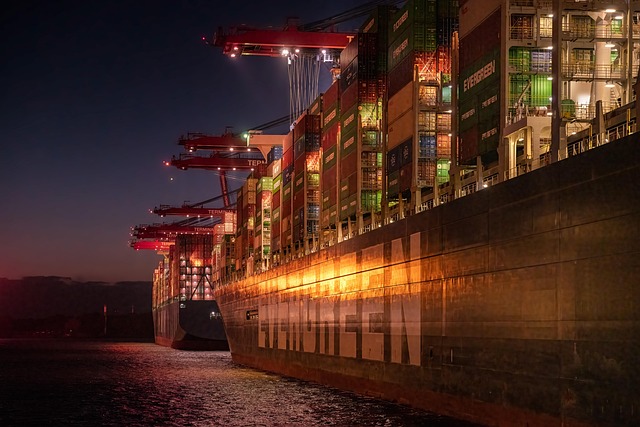
Shipping containers have emerged as a game-changer in the logistics and transportation industry, offering a cost-effective solution for budget-conscious shippers. These sturdy, modular, and standardized structures are designed to efficiently transport goods across various modes of transport, including sea, road, and rail. With their innovative use, businesses can now ship cargo at lower costs without compromising on quality or safety.
A shipping container, often referred to as an intermodal container, is essentially a reusable, standardized enclosure for the secure carriage of goods. These containers come in various types, such as dry vanilla, refrigerated, flat rack, open top, and high cube, each tailored to specific cargo needs. Their dimensions, typically 20 or 40 feet long, facilitate efficient stacking and loading, reducing handling time and labor costs at container depots and ports. Leasing or renting these containers is a popular choice for businesses looking to save on shipping expenses without investing in their own fleet of freight containers or storage containers.
Benefits of Affordable Shipping Containers for Budget Shippers
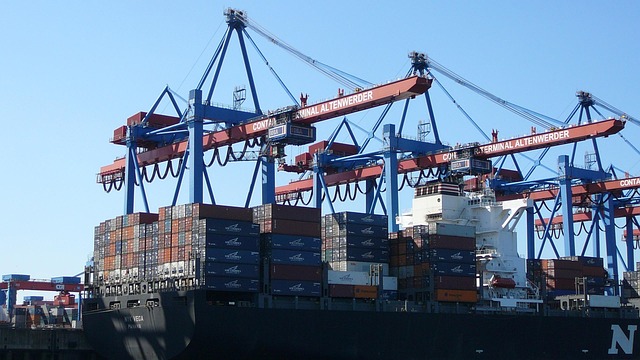
For budget-conscious shippers, affordable shipping containers offer a plethora of advantages that traditional freight and cargo solutions may struggle to match. These versatile intermodal containers are designed for efficient container shipping and transport, providing a cost-effective way to move goods across various modes, including sea, road, and rail networks. With their standardized dimensions and capacities, such as the popular ISO 20ft or 40ft sizes, they seamlessly fit into existing logistics infrastructure, reducing handling and storage costs at container depots and terminals.
Shipping containers also serve as highly functional modular solutions for various purposes beyond transport. From temporary storage containers to fully equipped offices on wheels, these multi-purpose structures can be leased or rented, offering flexibility and savings for businesses. Additionally, specific types like refrigerated containers cater to temperature-controlled shipping, while open top and high cube containers accommodate oversized cargo, demonstrating the range of options available to meet diverse shipping needs within a budget-friendly framework.
Types and Sizes: Finding the Right Container for Your Needs
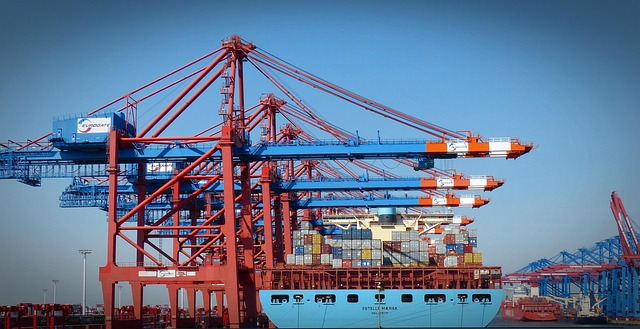
Choosing the right shipping container is key for budget-conscious shippers to optimize their freight shipping. There are various types and sizes available, each suited for specific needs and cargo types. Standard containers like 20-foot and 40-foot ISO containers are versatile and cost-effective for general cargo. For unusual or bulky items, specialized containers such as high cube, refrigerated, flat rack, open top, and storage containers offer tailored solutions.
Dimensions and capacity also vary across container types. While standard ISO containers provide a balance between size and strength, larger containers like flat racks accommodate oversized freight, and smaller ones like 10-foot shipping crates are ideal for lighter, more compact loads. Knowing your specific requirements in terms of container dimensions and capacity will help you select the most affordable option for your shipping needs, ensuring cost-efficient container shipping.
Choosing a Reputable Provider for Quality and Safety
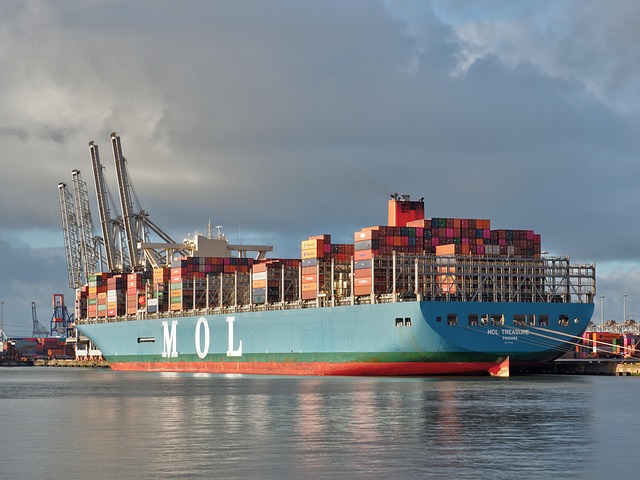
When considering shipping containers for budget-friendly shipping, selecting a reputable provider is paramount to ensure quality and safety standards. Opting for a well-established company specializing in container services guarantees that you’ll receive a sturdy, reliable freight container designed to withstand the rigors of transportation. Reputable providers adhere to international standards, such as ISO certifications, ensuring your cargo container meets specific dimensions, capacities, and structural requirements. This standardization promotes seamless intermodal container transport across various modes—from sea containers to storage containers, and even refrigerated containers or unique options like high cube containers for optimized capacity.
Choosing a trusted supplier also assures container leasing or rental services that are secure and hassle-free. Their expertise in container shipping and transport allows them to offer competitive rates while maintaining the integrity of their fleet. Whether you require a standard office container, a specialized flat rack container, or an open-top container for unconventional cargo, a reputable provider can cater to diverse needs. With a robust network spanning container depots worldwide, they enable efficient container transport, making your shipping process smoother and more affordable.
Tips for Maximizing Space and Efficiency During Transportation

Maximizing space and efficiency during transportation is key for budget-conscious shippers using shipping containers. One strategic tip is to optimize packing by arranging items in a way that utilizes every inch, such as stacking lighter objects on heavier ones or utilizing vertical space with carefully folded or rolled materials. Additionally, taking advantage of the container’s structural features can improve load security and stability. For instance, securing cargo against the walls, using tie-down points for oversized items, and distributing weight evenly are best practices.
Another efficient approach involves careful consideration of container types, like choosing between a standard sea container or a high cube container based on your cargo dimensions and capacity needs. Utilizing modular containers that can be easily joined together can also enhance versatility and space optimization during transport, especially for irregular or non-standard shipments. Efficient container leasing or rental practices, combined with strategic planning and thoughtful loading, can significantly reduce freight costs while ensuring prompt and secure container transport.
Affordable shipping containers have revolutionized budget-conscious shipping, offering cost-effective solutions with numerous benefits. By understanding different types and sizes, selecting a reputable provider, and maximizing space efficiency, businesses can significantly reduce transportation costs without compromising quality or safety. In today’s competitive market, adopting these containers is a strategic move that ensures both economical and logistical advantages.
